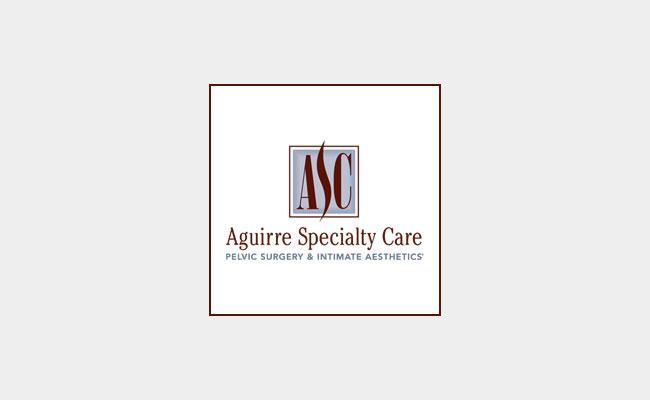
Do you live in constant fear that you’ll have an accident? Are you always on the lookout for the closest bathroom everywhere you go? We know it can feel as though your urinary incontinence or overactive bladder symptoms hold all the control, but we’re here to assure you, relief is within reach at Aguirre Specialty Care!
Although both revolve around bladder function, urinary incontinence and overactive bladder are different issues and can be treated in different ways.
What is urinary incontinence?
This common condition refers to any involuntary loss of bladder control. Urinary incontinence can be embarrassing and inconvenient, interfering with work, socializing and sexual function. Fortunately, leaking every time you laugh, cough or sneeze doesn’t have to be your reality any longer. There are both non-surgical and surgical treatment options available for urinary incontinence, depending on which form you are diagnosed with.
Symptoms:
● Leakage with physical activity (stress urinary incontinence).
● Leakage preceded by a sudden urge to urinate (urge urinary incontinence).
● Mix of both stress and urge incontinence (mixed urinary incontinence).
● Leakage due to a constantly full bladder (overflow incontinence).
Non-surgical solutions:
● FemiLift™: Tightens the vagina and strengthens its supporting ligaments.
● O-Shot®: Adds volume to the clitoris and anterior vaginal wall.
● Viveve®: Tightens the vaginal entrance.
● Transurethral Injection with Bulkamid: Increases closure pressure of the urethra.
● Percutaneous Tibial Neuromodulation (PTNS): Blocks signals from the bladder to prevent spasms.
Surgical solutions:
● Mid-urethral Sling: Provides a ribbon of support under the urethra.
● InterStim® Therapy or Axonics® System: Restores normal bladder/bowel function.
What is an overactive bladder?
A believed cause of an overactive bladder (OAB) is malfunctioning bladder nerves which cause involuntary bladder muscle contractions as the bladder fills. The result is an overwhelming or sudden urge to urinate, with or without leakage of urine. Your OAB can be classified as “wet” or “dry” depending on if leakage occurs. This chronic urinary condition affects an estimated 33 million people in the U.S. with a host of frustrating and hard-to-manage symptoms.
Symptoms:
● Urinary urgency, with or without leakage.
● Uncontrollable feelings of needing to urinate.
● Urinating more than once during the night (nocturia).
● Urinating more than eight times a day.
Non-surgical solutions:
● PTNS: Block signals from the bladder to prevent spasms.
● Kegel exercises or pelvic floor therapy: Strengthens the pelvic floor.
● Low-dose vaginal estrogen or other OAB medications: Relieves OAB symptoms.
Surgical solutions:
● Sacral Neuromodulation / Sacral Nerve Stimulation: Targets bladder-controlling nerves to help it function normally. Therapies include InterStim Therapy and Axonics System.
Your symptoms matter and deserve to be addressed. Dr. Aguirre and his team are here to help you take back control of your bladder once and for all! Call 303.322.0500 or request a consultation online today to get started.



